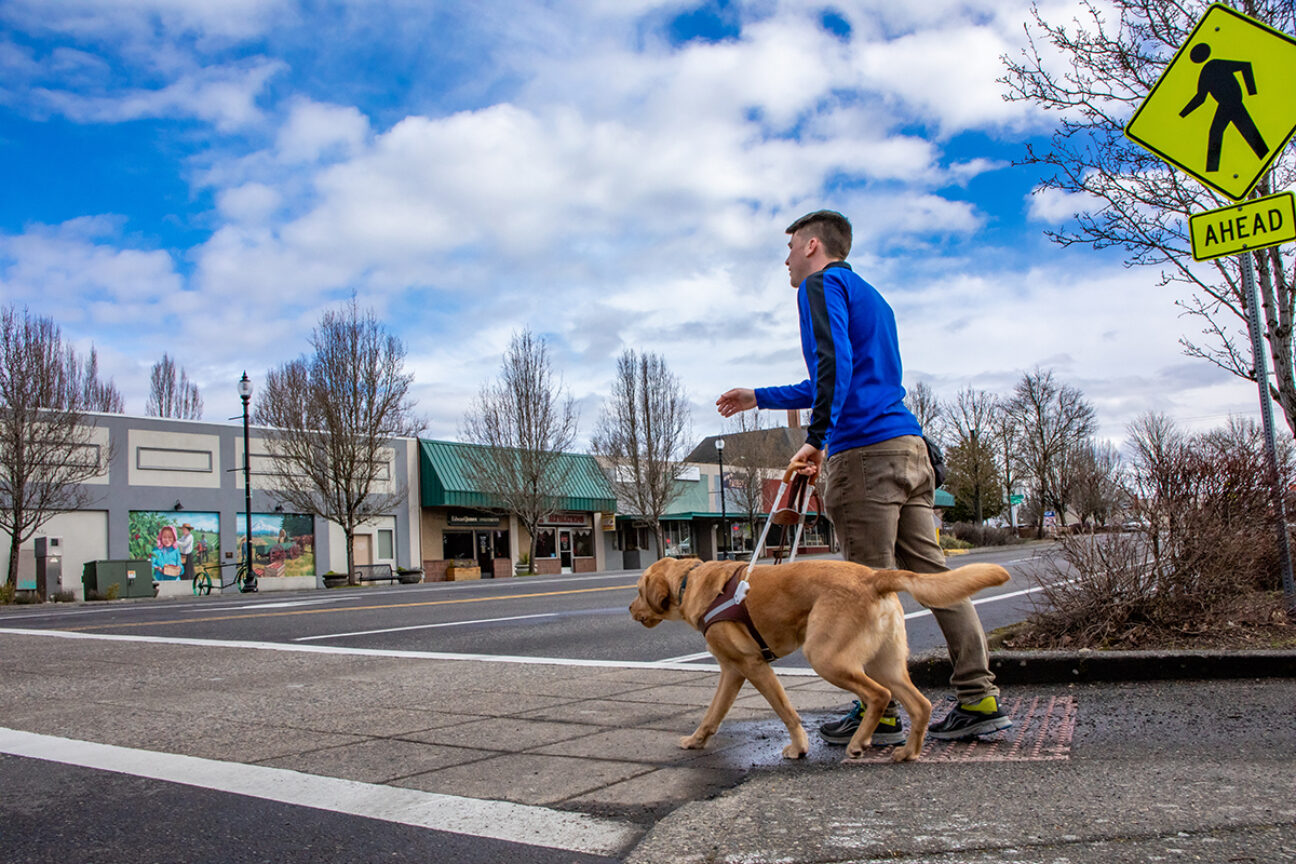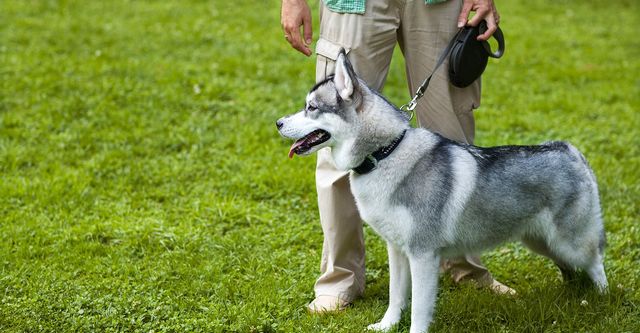Transform Your Canine's Behavior With Proven Training Approaches
Changing your pet's habits requires a nuanced understanding of their specific attributes and demands, as well as the application of tried and tested training techniques. Consistency in your training approach not just improves obedience but also promotes a deeper bond of depend on and respect in between you and your pet dog.

Understanding Pet Dog Behavior
Comprehending canine actions is essential for reliable training and interaction between humans and their canine buddies. Pet dogs, as social pets, exhibit an array of actions affected by genes, setting, and experiences. Identifying these actions aids owners customize their training approaches to fulfill the certain demands of their canines.
Secret aspects of pet habits consist of body language, articulations, and social communications. For example, a wagging tail typically indicates exhilaration, while a lowered head might indicate submission or concern. Understanding these signals can aid owners interpret their canine's emotional state and react properly. In addition, socializing plays a critical function fit actions; canines that interact favorably with different people and various other pets are typically much more well-adjusted and versatile.
In addition, acknowledging anxiety signals-- such as panting, evasion, or pacing habits-- can prevent rise right into a lot more major concerns. Proprietors who are in harmony with their dog's habits can create a risk-free and caring atmosphere, fostering trust and boosting the training procedure. Inevitably, a deep understanding of canine actions lays the foundation for an unified partnership and efficient training end results, making sure both pet dogs and their owners prosper with each other.
Positive Reinforcement Strategies
Positive support strategies are widely acknowledged as one of the most effective approaches for training canines, fostering a favorable discovering setting. This approach involves satisfying preferred actions with deals with, appreciation, or play, consequently urging the canine to repeat those habits (Dog training). Unlike vindictive approaches, favorable support builds trust and strengthens the bond in between the fitness instructor and the pet
Incentives need to be provided immediately following the preferred behavior to aid the pet dog make the connection. Consistency is additionally important; using the same commands and incentives assists the pet recognize what is anticipated.
It is important to note that favorable support is not concerning bribery; instead, it has to do with reinforcing good actions. With time, as the pet finds out to connect certain activities with favorable end results, the frequency of rewards can be gradually minimized, transitioning to verbal praise or recurring incentives. This technique not just motivates obedience yet additionally advertises a delighted and certain canine, making training a much more enjoyable experience for both celebrations involved.
Resolving Usual Concerns
Resolving typical issues throughout pet training is essential for ensuring a harmonious and successful relationship between the pet dog and its proprietor. Numerous pet owners encounter behavioral obstacles, such as excessive barking, jumping, and chain pulling. Recognizing the root causes of these actions is critical for reliable training.
Extreme barking may stem from monotony, stress and anxiety, or a lack of socialization. To reduce this, provide sufficient workout, psychological stimulation, and chances for social communication with both people and other dogs. Jumping can usually signify enjoyment or a need for focus. Training the canine to sit upon welcoming can redirect this actions favorably.
Chain pulling is another prevalent problem, often arising from a dog's passion to explore. Making use of correct chain handling techniques, combined with training procedures that urge loose-leash walking, can considerably improve this behavior.
In enhancement, problems like source protecting or separation stress and anxiety need customized methods. Progressive desensitization and counter-conditioning can be efficient in dealing with these obstacles. By recognizing and proactively handling these common problems, canine owners can cultivate a much more satisfying training experience and reinforce the bond with their canine companions.
Consistency in Training
Consistency is a cornerstone of reliable pet dog training, as it establishes a clear framework for the pet dog to comprehend assumptions and habits. When cues, commands, and benefits are applied evenly, dogs can quicker understand what is needed of them. Irregular training can lead to confusion, leading to undesirable actions that annoy both the dog and the instructor.
To accomplish consistency, it is crucial that all members of the household abide by the same why not check here training techniques. Utilizing the exact same spoken hints and hand signals makes certain that the dog obtains uniform messages. In addition, the timing of modifications and benefits should be consistent; immediate reinforcement increases the likelihood that the dog will certainly connect the actions with the result.
Additionally, establishing a regimen can better enhance uniformity. Routine practice sessions, coupled with structured schedules for feeding, walking, and play, aid dogs prepare for and comprehend their atmosphere, making them much more responsive to training. Ultimately, uniformity fosters a sense of security and count on, equipping canines to read more properly. By dedicating to a structured method, fitness instructors can promote favorable habits adjustments and cultivate a well-mannered companion.
Structure a Strong Bond
Just how can fostering a strong bond in between a dog and its owner boost the training experience? When a canine really feels protected in its connection with its proprietor, it is a lot more most likely to display positive actions and be receptive to finding out.

In addition, a well-established connection can minimize anxiety and behavioral concerns, as pet dogs are much less most likely to act out when they feel understood and looked after. Focusing on the advancement of a strong bond not only enhances the training experience but additionally contributes to a better and Recommended Site extra well-adjusted canine. Ultimately, the journey of training transforms right into a joint collaboration, resulting in lasting behavior enhancements.
Final Thought

Proprietors that are attuned to their dog's habits can produce a nurturing and risk-free environment, fostering trust fund and improving the training procedure. Eventually, a deep understanding of canine behavior lays the foundation for an unified partnership and efficient training outcomes, guaranteeing both pets and their proprietors prosper together.
Addressing typical issues throughout dog training is important for making certain a effective and harmonious partnership between the pet dog and its owner (Dog training).Uniformity is a foundation of reliable pet dog training, as it establishes a clear framework for the pet to recognize assumptions and actions.In conclusion, changing a pet dog's habits via confirmed training techniques requires an understanding of canine actions, the application of company website positive reinforcement methods, and a focus on uniformity